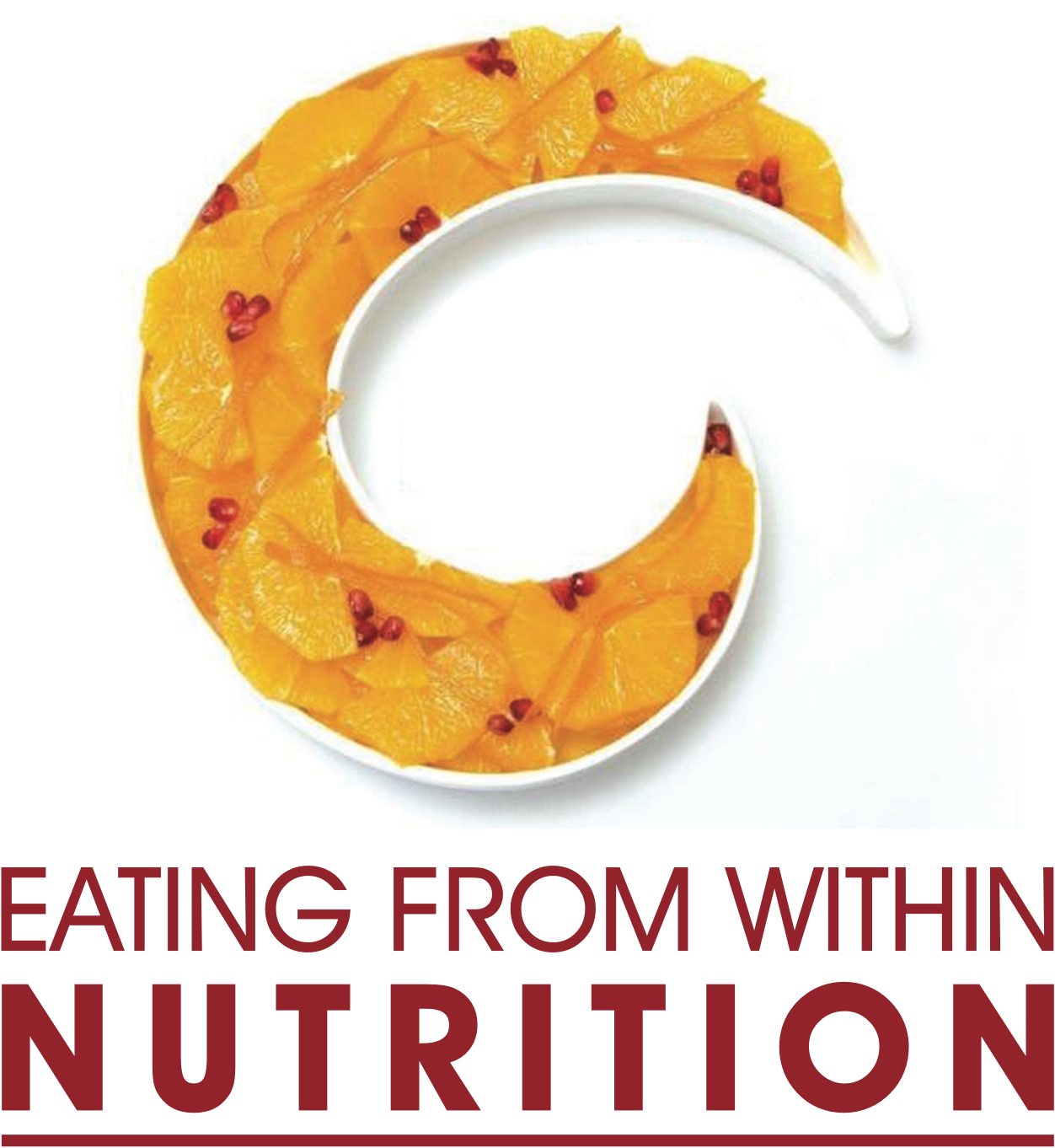Health benefits of dark leafy greens
With today’s pace and high levels of stress, many of us suffer low energy along with assorted other maladies and health conditions. As we age, we may develop high blood pressure, high cholesterol or acid reflux. Even those with no prior weight challenges may notice an expanding waistline.
Dark leafy greens to the rescue
This spring, make room for some dark leafy greens among your flower gardens. Dark leafy greens – including Swiss chard, dandelion greens, collard greens, arugula, turnip greens, bok choy -- yield an abundance of health benefits you won’t want your body to miss out on. These powerhouse greens offer hefty doses of vitamins, minerals, and fiber.
In addition to fiber, dark leafy greens supply nutrients such as folate, vitamin A, vitamin C, Vitamin K, vitamin E and minerals - magnesium and potassium, nutrients often in short supply in the diet of many individuals. Consuming just 1 ½ cups cooked per week contributes significantly in promoting, and maintaining good health and managing nutrition related conditions.
Here is the rundown on their function in the body and health:
Folate is abundant in green leafy vegetables. The name folate is derived from the word foliage. A deficiency of this nutrient can result in anemia, diminished immunity, and abnormal digestive function.
Vitamin A plays a major role in eye health, cell reproduction, growth and the immune system. In leafy greens vitamin A is in the beta-carotene form, which the body converts to active vitamin A as needed. In animal products Vitamin A is already in its active form.
Vitamin C is often associated with citrus fruits but surprisingly leafy greens offer a substantial amount as well. Vitamin C protects against infections, is an antioxidant, maintains collagen and helps absorb iron from food.
Vitamin K is essential for the blood clotting mechanism. Individuals on blood thinner medication need to manage the intake of these vegetables.
Vitamin E is an antioxidant and guards the body against free radicals that can damage lipids and lipoproteins. This can create inflammation and cell damage associated with the aging process and chronic diseases.
Magnesium has many important functions in the body. It is essential for strong bones and teeth; proper working of muscles and nerves including the heart and a strong immune system. It also works to fight inflammation.
Potassium plays a major role in maintaining fluid balance. Studies show that diets with ample potassium are associated with reduced risk of cardiovascular disease.
Fiber content of dark leafy greens is impressive as well. They contain about 4 -5 grams of fiber per 1 cup cooked. Fiber keeps the intestinal tract healthy.
In addition to their vast array of nutrients, these dark green leafy vegetables are easy to grow and prepare. Enjoy those colorful green leaves from your garden or the supermarket shelf. Take advantage of the nutritional contribution of these flavorful vegetables and take pride in feeding your body well.
Cooking Tip:
While many leafy greens are fabulous tossed in salads, sautéing them in olive oil, garlic, lemon, and herbs brings out a rich flavor. Check out my version of sautéed spinach with raisins and pine nuts. Adapted from my cookbook Delicious Simplicity Recipes for Today’s Busy Life.





